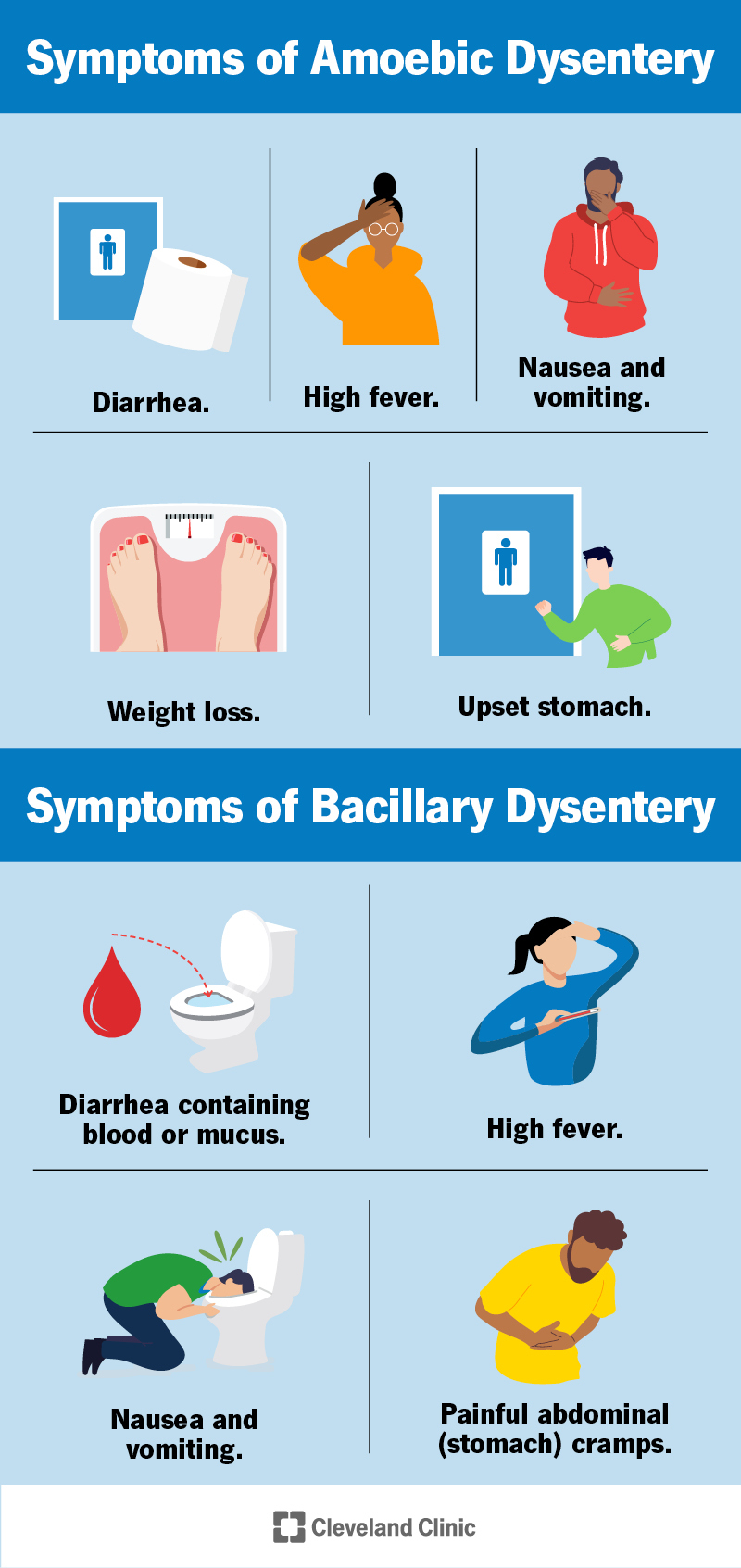Understanding Dysentery
Dysentery is primarily caused by two types of bacteria: Shigella and Salmonella. The disease can be spread through contaminated food, water, and poor hygiene practices. The bacteria can enter the body through the mouth, and the incubation period can range from a few hours to several days. The symptoms of dysentery can vary from mild to severe and may include:
- Severe diarrhea
- Abdominal pain
- Bloody stools
- Fever
- Vomiting
- Loss of appetite
Risk Factors
Certain groups of people are more susceptible to contracting dysentery, including:
- Children under the age of 5
- Older adults
- People with weakened immune systems
- Individuals living in areas with poor sanitation and inadequate hygiene
- People who consume contaminated food and water
Prevention Measures
Preventing dysentery requires a multi-faceted approach that involves individual, community, and governmental efforts. Some effective prevention measures include:
- Proper Hygiene Practices: Washing hands frequently with soap and clean water, especially after using the toilet, before eating, and after handling food.
- Clean Water Supply: Ensuring access to clean and safe drinking water, and treating water if necessary.
- Proper Food Handling: Cooking food thoroughly, storing food in a clean and dry place, and avoiding consuming undercooked or raw food.
- Sanitation and Waste Management: Maintaining proper sanitation and waste management practices, including the use of latrines and proper disposal of human waste.
- Vaccination: Getting vaccinated against dysentery, particularly for individuals traveling to areas with high risk of infection.
- Community Education: Educating the community on the risks of dysentery and the importance of proper hygiene practices.
- Public Health Measures: Implementing public health measures such as outbreak investigations, contact tracing, and isolation of infected individuals.
Individual Preventive Measures
Individuals can take the following preventive measures to protect themselves from dysentery:
- Wash Hands Frequently: Wash hands with soap and clean water, especially after using the toilet, before eating, and after handling food.
- Use Clean Water: Use clean and safe drinking water, and treat water if necessary.
- Cook Food Thoroughly: Cook food thoroughly, especially meat, poultry, and seafood.
- Avoid Undercooked Food: Avoid consuming undercooked or raw food, especially meat, poultry, and seafood.
- Use Latrines: Use latrines or toilets, and avoid defecating in the open.
- Keep the Environment Clean: Keep the environment clean, including the home and surrounding areas.
Community Preventive Measures
Communities can take the following preventive measures to prevent the spread of dysentery:
- Implement Sanitation and Waste Management: Implement proper sanitation and waste management practices, including the use of latrines and proper disposal of human waste.
- Provide Clean Water: Provide access to clean and safe drinking water, and treat water if necessary.
- Educate the Community: Educate the community on the risks of dysentery and the importance of proper hygiene practices.
- Conduct Regular Outbreak Investigations: Conduct regular outbreak investigations to identify and contain the spread of the disease.
- Implement Public Health Measures: Implement public health measures such as contact tracing, isolation of infected individuals, and vaccination campaigns.
FAQ
- What is dysentery?
Dysentery is a highly infectious and potentially life-threatening disease caused by the bacterial infection of the intestines. - How is dysentery spread?
Dysentery is spread through contaminated food, water, and poor hygiene practices. - What are the symptoms of dysentery?
The symptoms of dysentery can vary from mild to severe and may include severe diarrhea, abdominal pain, bloody stools, fever, vomiting, and loss of appetite. - Who is at risk of contracting dysentery?
Children under the age of 5, older adults, people with weakened immune systems, and individuals living in areas with poor sanitation and inadequate hygiene are more susceptible to contracting dysentery. - How can dysentery be prevented?
Dysentery can be prevented by practicing proper hygiene, using clean water, cooking food thoroughly, and avoiding undercooked or raw food. - Is there a vaccine for dysentery?
Yes, there is a vaccine available for dysentery, particularly for individuals traveling to areas with high risk of infection. - What should I do if I suspect I have dysentery?
If you suspect you have dysentery, seek medical attention immediately, and follow the advice of a healthcare professional.
Conclusion
Dysentery is a significant public health concern in epidemic areas, and preventing the spread of the disease requires a multi-faceted approach that involves individual, community, and governmental efforts. By practicing proper hygiene, using clean water, cooking food thoroughly, and avoiding undercooked or raw food, individuals can protect themselves from the disease. Communities can prevent the spread of dysentery by implementing sanitation and waste management practices, providing clean water, and educating the community on the risks of the disease. By working together, we can reduce the incidence of dysentery and prevent the devastating consequences of the disease. Remember, prevention is key, and by taking the necessary preventive measures, we can protect ourselves and our communities from this potentially life-threatening disease.
Closure
Thus, we hope this article has provided valuable insights into Dysentery prevention in epidemic areas. We thank you for taking the time to read this article. See you in our next article!
